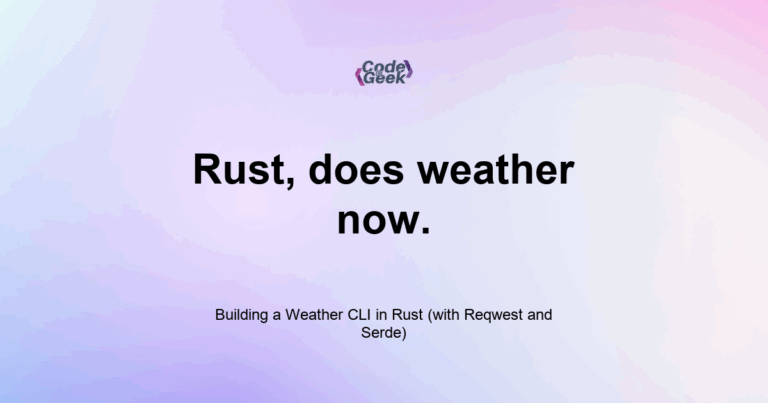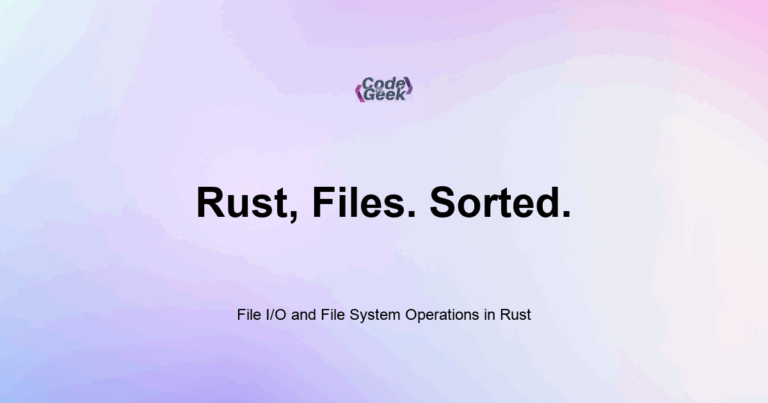Using Regular Expressions in Rust with the regex Crate

The regex crate gives Rust full support for regular expressions. It lets you search, validate, extract, and replace text using familiar patterns just like in JavaScript, Python, or other languages. I found myself reaching for regex when parsing logs in…









